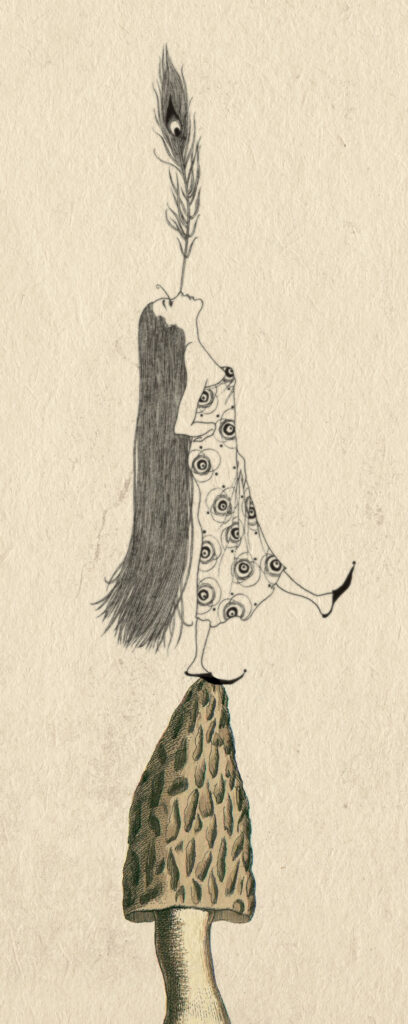For over two decades now, I have been preoccupied with Psychology, Neurobiology, Creativity And the connection between the mind, body, and spirit.
My research has led me through a practise-led PhD, an award-winning writing career, and a lectureship at a leading university in the United Kingdom.
Then I gave up a purely academic careerTo ask more existential questions:
- What does the gift of life mean?
- Is life a gift at all when It involves so much mental, emotional, and physical suffering…anxiety, depression, hard to resolve trauma?
Most of all….
- How can I create meaning in my life?
- Or should I be asking instead, “What is life asking of me?”

The Monkey Mind…
I grew up Buddhist in Sri Lanka and the first time I sat in meditation, I must have been five or six years old.
I became passionate about finding out if there was a way to access a steady emotional state even when we were faced with anxiety, difficult life situations or uncertainty…
If it was possible to develop the capacity to be like the still point of the turning wheel.
Despite my experience in mindfulness and meditation practice, I found that they only get us so far without a broader psychological framework that gives us the way-markers to dig deeper into our psyche, into the roots of our emotional, mental turmoil. And even some physical ailments!
There were potent psychic energies hidden in these shadowy places that needed to be witnessed and worked through.
Only then could we break into the core of who we really are, our authentic soul-selves.
If we don’t and ignore the hidden parts of ourselves however, we shall only paddle in the shallows of our true beingness, endlessly fixing symptoms.
The Power of Living an Authentic Life
The quest to become unapologetically authentic inevitably led to me the Swiss psychiatrist Carl Jung’s who founded Analytical or Depth Psychology.
All his voluminous work centres around one profound concept; Individuation.
This is the transformational process of becoming psychologically whole.
So I put myself under the microscope (still do), and meticulously explored my own depths, my light and my darkness.
I had indeed been paddling in the shallows, spending the first half of my life hiding, fitting in … my deepest self was camouflaged, hidden in plain sight!
No wonder I encountered resistance to my personal dreams from the world around me.
Pitched against outer conflict was the inner war; indecision, self doubt, a vicious inner critic…
It took me many years to understand the deeper dynamics, make lasting breakthroughs and not judge myself by looking through other people’s eyes.
It was a process of uncovering the truest, and most whole expression of me, ‘warts’ and all!
I love the Jungian approach to mental health because it places self-awareness at the center. Its attitude is not that we are victims of what has happened, but that we can grow beyond it. Unlike approaches that pathologize symptoms such as anxiety or depression — treating them as flaws or lifelong sicknesses — Jungian work sees them as signals of imbalance. They are taken seriously, but also understood as opportunities to heal and integrate what has been hidden. In this way, Jungian psychology offers a holistic path: one that eases suffering while guiding us toward meaning, balance, and a more authentic life.
Creativity and imagination are also central to the Jungian path.
Our deeper self — the soul — speaks not in words, but in images and symbols!
By engaging them through art, writing, active imagination, or simple reflection, we bring the unconscious into dialogue. This not only makes the work of individuation more effective, it makes it more alive and enjoyable. Even difficult emotions can be carried and transformed when expressed through creative imagination.

What I am working on now
I’m currently finishing a book on Individuation in practice: what the inner transformational journey towards the authentic Self looks like in ordinary life.
I spent years with Jung’s own text (beautiful if daunting at first), alongside commentaries and case studies; each held a piece of the picture.
Since Jung’s time, neuroscience, attachment and trauma research, and somatic psychology have deepened and extended the map. There are now more ways to work with different layers of the psyche, including personal and ancestral fields.
Over time, I learned to fit these pieces together, experimenting with multiple modalities in my own healing process.
This book shares that map and more importantly models how to assemble your own puzzle to achieve self-trust and inner-outer congruence.
…the height of a man’s success is gauged by his self-mastery, the depth of his failure by his self-abandonment. … and this law is the expression of eternal justice. He who cannot establish dominion over himself will have no dominion over others.
― Leonardo da Vinci
And a disclaimer of sorts to end with…
In many ways the work of becoming whole is never done, but what I can promise you is to give you plenty of tools, meditations and exercises that are well grounded in theory and research.
The programmes are designed as immersive workshops because intellectual understanding is not enough to achieve lasting change.
We need to live the process.
I also commit to being your companion … as the archetype suggests, the one who breaks bread with you … to hold space as you progress through your journey.
And what you offer me in return is a privilege, a pleasure, and the learning experience of being a witness to a fellow journeyer.
“Who are you?” said the Caterpillar. This was not an encouraging opening for a conversation.
Alice replied, rather shyly, “I—I hardly know, Sir, just at present—at least I know who I was when I got up this morning, but I think I must have been changed several times since then.”
― Alice in Wonderland
